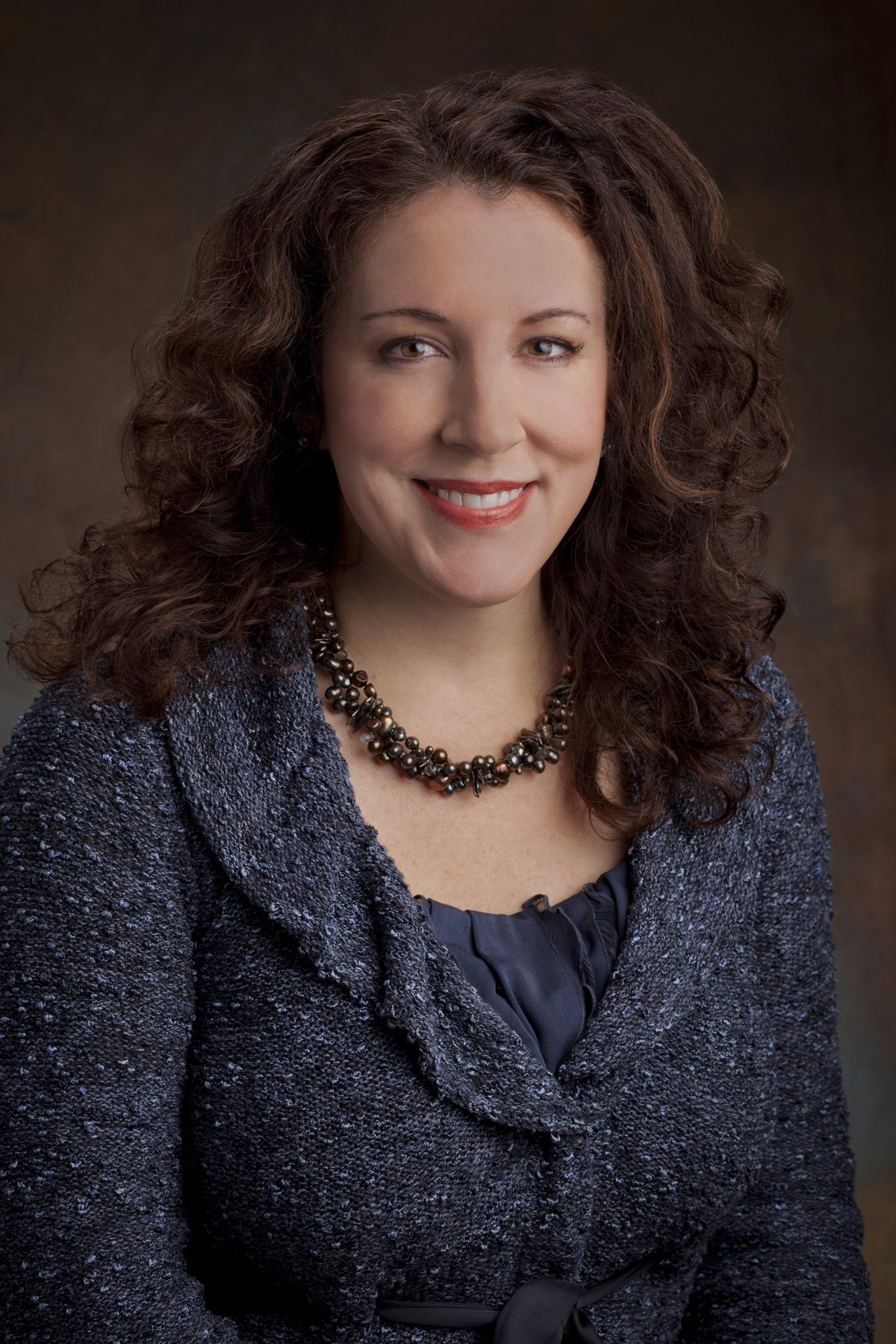The lack of palliative care physicians could hinder its future growth. Experts share possible solutions and how hospitals can attract the best providers to their palliative care programs.
Palliative care programs have exploded onto the healthcare scene recently: In 2000, less than 20 percent of hospitals with more than 50 beds reported having a palliative care program. Now, roughly 70 percent of those hospitals have a program in place, according to Diane E. Meier, MD, director of the Center to Advance Palliative Care.
There are several causes for this rapid growth, says Dr. Meier. For one, hospitals are becoming more aware they are not well-equipped to take care of the sickest 5 percent of patients. "It's not the typical patient population who comes in, gets treated, gets better and goes back home," she says. "The palliative care population remains sick  and vulnerable despite our best efforts." These patients tend to stay in the intensive care unit for a long time and have a disproportionally high number of bed days.
and vulnerable despite our best efforts." These patients tend to stay in the intensive care unit for a long time and have a disproportionally high number of bed days.
Palliative care is specialized medical care for people with serious illnesses, focused on providing patients with relief from the symptoms, pain and stress of the illness, according to the Center to Advance Palliative Care.
"Hospitals realized they were not giving good care to that subgroup," says Dr. Meier. "Palliative care teams can come in and untangle that knot, figuring out what matters most to these patients and their families, and working alongside all the other doctors to develop a care plan that is aligned with patient-determined priorities." By developing palliative care programs that improve quality of care for this seriously ill population, hospitals see fewer 30-day readmissions, lower in-hospital mortality rates, and shorter lengths of stay. As a result, palliative care teams can provide higher quality care to this acutely-ill population and save the hospital money as a result.
The problem
As many more hospitals and other provider organizations, like home care agencies, nursing homes and outpatient practices, become interested in starting palliative care programs, a problem has arisen: the number of palliative care workers has not kept up with the programs' growth.
"The challenge is to hire competent people to staff [the programs]," Dr. Meier says. The root of the problem is the number of fellowship slots available for physicians interested in practicing palliative medicine. There is a cap on the number of Medicare-funded graduate medical education slots, and that cap has not risen since it was put in place by the Balanced Budget Act of 1997.
This is an especially large problem for palliative medicine because, beginning this year, only fellowship-trained physicians are eligible to sit for a palliative care board certification exam, according to the American Board of Internal Medicine and the American Academy of Hospice and Palliative Medicine.
The GME cap has left philanthropy as the primary avenue to fund palliative medicine residency programs. "Philanthropy is a frail reed on which to build a workforce for a critically needed specialty," Dr. Meier says. "It comes down to how good you are at writing grants and raising money in your community. These are not skills we were taught in medical school."
Possible help
It's not likely the cap on Medicare-funded residency and fellowship slots will be lifted in the near future, but there is some hope for the future of the palliative care workforce.
For instance, there has been talk of developing a mid-career pathway for palliative medicine as a way for established physicians to become board-certified in palliative medicine without having to do a full fellowship. The American Academy of Hospice and Palliative Medicine is working on developing a strategy and proposal for this program, according to Dr. Meier. "It doesn't happen fast enough to address the crisis in workforce availability," she says.
Some organizations are creating opportunities to promote palliative care and support those who wish to enter the field. The Sojourns Awards, presented by the Cambia Health Foundation, recognize leaders for outstanding achievement and vision in palliative care and invest in their future through individual grants of $50,000. Such awards help draw new talent to the field, something Dr. Meier said is "invaluable in drawing the best and brightest into palliative care."
For example, one of the 2013 Sojourns Award winners is J. Randall Curtis, MD, the director of the Palliative Care  Center of Excellence with the University of Washington in Seattle. "When the Palliative Care Center for Excellence is fully formed, it will serve as a regional hub for training a workforce in palliative care," Angela Hult, executive director of the Cambia Health Foundation, explains. The award money can enable Dr. Curtis to further the center, which could eventually build up and train future palliative care leaders.
Center of Excellence with the University of Washington in Seattle. "When the Palliative Care Center for Excellence is fully formed, it will serve as a regional hub for training a workforce in palliative care," Angela Hult, executive director of the Cambia Health Foundation, explains. The award money can enable Dr. Curtis to further the center, which could eventually build up and train future palliative care leaders.
Another recipient this year is Holli Martinez, APRN, the director of the Palliative Care Program at University of Utah Health Care in Salt Lake City. "Her focus has been not only on expanding care, but she's also a wonderful mentor and [palliative care] advocate," Ms. Hult explains. "She is working so hard in Utah to really advance access, awareness and collaboration. It is vital to invest in the kind of work she's doing."
So, through the development of a mid-career pathway to practice palliative medicine and through the recognition and support of current leaders in the specialty, there is hope for future growth of the specialty's workforce.
How to attract palliative care physicians
Until the pipeline grows and the palliative care workforce shortage lessens, Dr. Meier has one suggestion for hospitals hoping to attract the best physicians to their palliative care program: "Understand palliative care is a team sport."
In other words, one palliative care physician cannot carry a palliative care program. Physicians need the support of nurses, nurse practitioners, social workers, chaplains and others to provide the most effective program.
"If a hospital wants to attract the best and brightest to staff their palliative care program, it will…make the commitment of necessary resources and team FTEs necessary to deliver high quality palliative care in a hospital, and support the leadership's ability to devote time to community outreach, administration, quality improvement, and relationship-building — all of which are critical to a successful palliative care team, but are often neither recognized nor supported," she says.


